In the modern business landscape, where competition is fierce and customer expectations are continually evolving, the need for effective customer management has become paramount. Customer Relationship Management (CRM) is the cornerstone of this effort, providing a systematic approach to managing a company’s interactions with current and potential customers.
CRM encompasses a variety of practices, strategies, and technologies that enable companies to monitor customer interactions, streamline processes, and enhance profitability. It’s not just about managing customer data; CRM is about cultivating meaningful relationships with customers, ensuring satisfaction, loyalty, and, ultimately, business growth.
In this guide, we’ll explore the ins and outs of CRM, including its importance, benefits, implementation strategies, and the best tools available in the market today.
Table of Contents
Toggle1. Understanding Customer Relationship Management (CRM)
At its core, CRM refers to all the practices, tools, and strategies that businesses employ to manage customer relationships. It’s not just a tool for sales teams or customer support. It’s a holistic approach to managing every aspect of the customer journey from marketing to sales, to after-sales support.
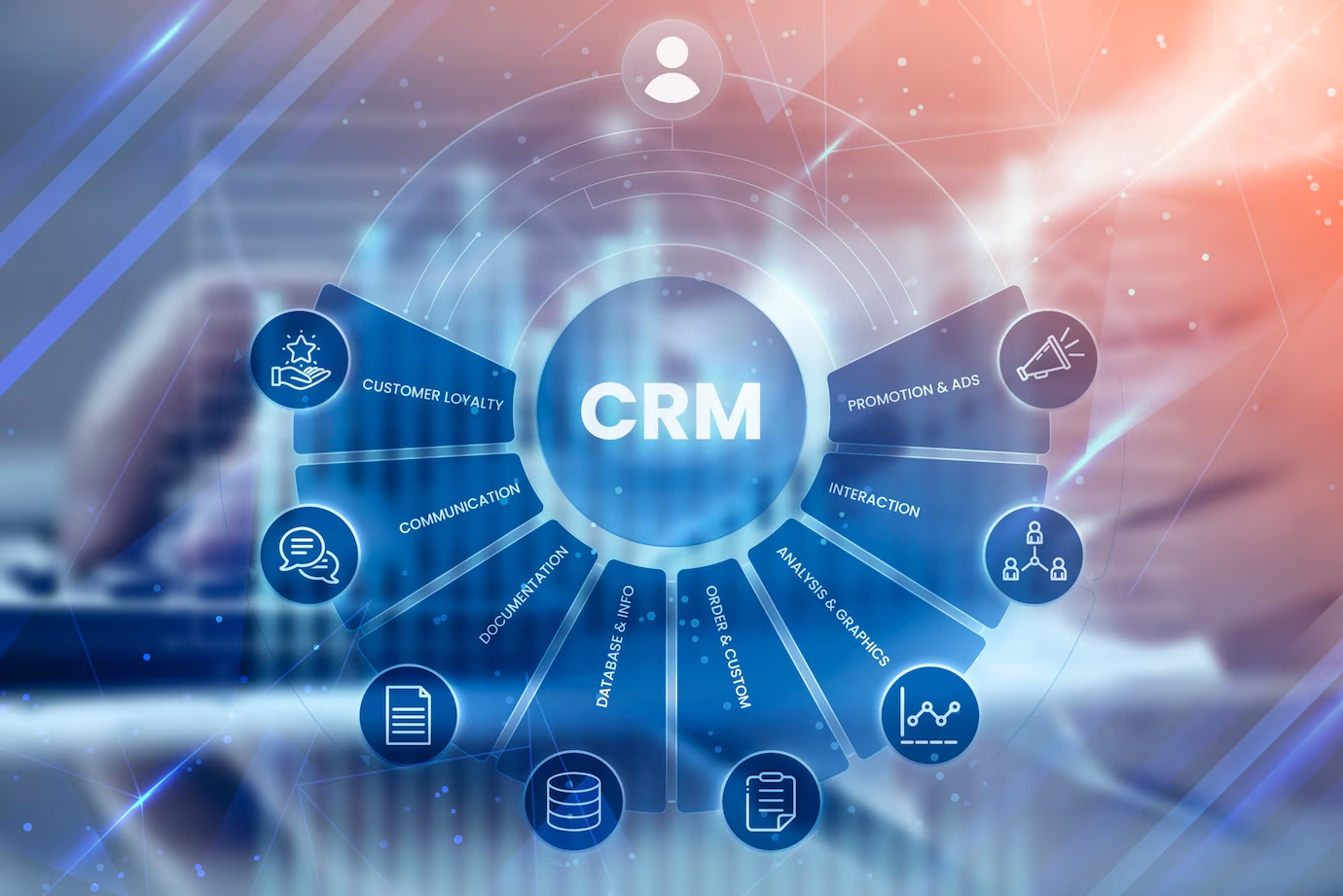
1.1 The Evolution of CRM
Customer relationship management is not a new concept. From the earliest forms of business, companies have understood the importance of keeping customers happy and maintaining relationships. In the past, managing customer relationships was a manual process relying on ledgers, personal memory, or basic databases. However, with the advent of technology, CRM has transformed dramatically. In the early 1990s, businesses began to realise the potential of software that could automate the process of tracking customer interactions. CRM software allowed for a unified view of each customer’s history with the company, helping businesses personalise their interactions. Today, CRM systems are powered by artificial intelligence (AI), machine learning, and predictive analytics, enabling companies to anticipate customer needs and offer personalised solutions like never before.
2. Why CRM is Crucial for Businesses

2.1 Improved Customer Experience
CRM systems help businesses provide a more seamless, personalised customer experience. By having access to comprehensive customer data, companies can tailor their interactions to each customer’s preferences and needs, making the experience feel more personal and engaging. For example, a CRM system can notify customer service representatives when a customer has had a previous issue, enabling them to offer a more informed and empathetic response.

2.2 Enhanced Data Management
One of the primary functions of a CRM system is to centralise customer information. Rather than having data scattered across various departments and systems, a CRM consolidates it into a single, easily accessible platform. This not only helps improve efficiency but also provides a more holistic view of the customer, allowing companies to make more informed decisions.

2.3 Boosted Sales and Revenue
CRM systems provide businesses with valuable insights into their customers' purchasing patterns, behaviors, and preferences. By analyzing this data, sales teams can identify new opportunities, forecast trends, and cross-sell or upsell products more effectively. Ultimately, this leads to higher sales and revenue growth.

2.4 Improved Team Collaboration
With a centralized CRM system, all departments within an organization have access to the same customer data. This allows for improved collaboration and communication between teams. For example, the marketing team can use insights from the CRM to develop more targeted campaigns, while the sales team can use the same data to prioritize leads and personalize their outreach efforts.
3. Key Components of a CRM System
CRM is not just a tool for one department; it’s a business-wide strategy that touches multiple functions. Here are the primary components of a CRM system

3.1 Sales Automation
One of the primary functions of a CRM system is to automate the sales process. This includes lead tracking, sales pipeline management, and reporting. By automating these processes, sales teams can focus on building relationships rather than getting bogged down by administrative tasks.

3.2 Marketing Automation
CRM systems often include marketing automation tools that allow companies to send personalized communications to customers based on their behaviors and preferences. For instance, a CRM can trigger automated email campaigns when a customer interacts with certain content or reaches a specific point in their buyer journey.

3.3 Customer Support
CRM systems also include tools for managing customer service requests and support tickets. This helps businesses ensure that all customer issues are addressed promptly and efficiently, leading to improved customer satisfaction.
4. Types of CRM Systems
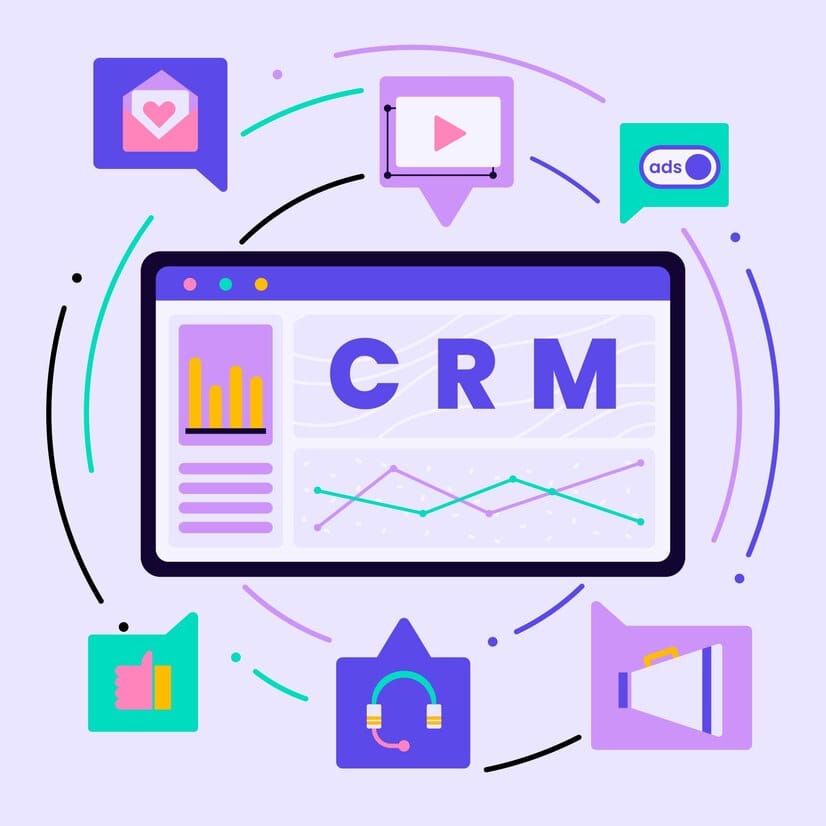
4.1 Operational CRM
Operational CRM focuses on automating customer-facing processes. This type of CRM system is particularly useful for businesses that deal with a large volume of customers and need to streamline their interactions. Features typically include sales force automation, marketing automation, and service automation.

4.2 Analytical CRM
Analytical CRM focuses on analyzing customer data to provide insights that can be used to make informed business decisions. This type of CRM is particularly useful for businesses that want to gain a deeper understanding of their customers’ behavior and preferences.

4.3 Collaborative CRM
Collaborative CRM is designed to improve collaboration and communication between different departments within an organization. It allows sales, marketing, and customer service teams to share information and work together more effectively.
5. Implementing a CRM System: Best Practices
Implementing a CRM system can be a complex process, but when done correctly, it can lead to significant benefits for your business. Here are some best practices to keep in mind when implementing a CRM system

5.1 Define Your Goals
Before implementing a CRM system, it's important to define what you want to achieve. Are you looking to improve customer retention? Increase sales? Streamline customer support? By having clear goals in mind, you can choose the right CRM platform and tailor it to meet your specific needs.
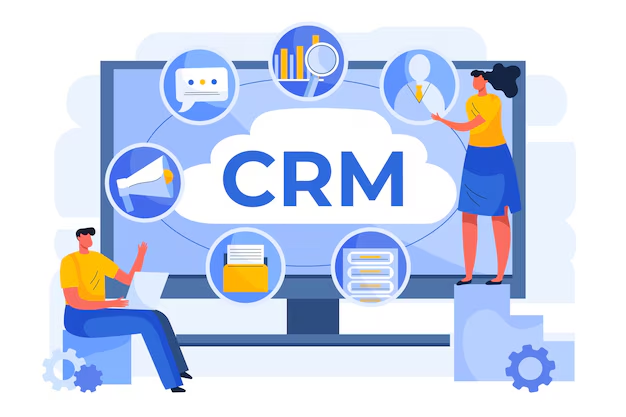
5.2 Involve All Departments
CRM is not just for the sales or marketing team; it's a company-wide initiative. Be sure to involve all departments in the implementation process to ensure that everyone is on the same page and can benefit from the system.
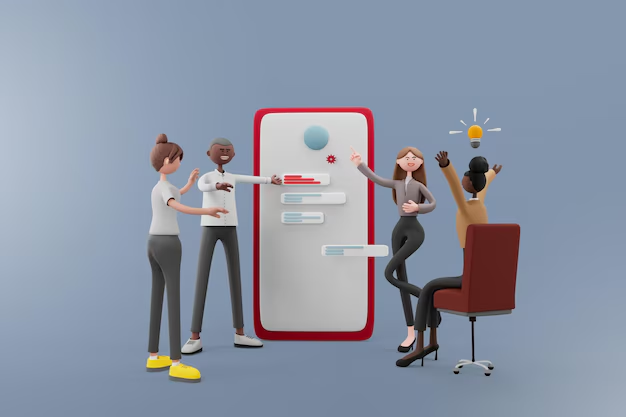
5.3 Train Your Team
Even the best CRM system won’t be effective if your team doesn’t know how to use it properly. Be sure to provide thorough training to all employees who will be using the CRM system, and offer ongoing support as needed.
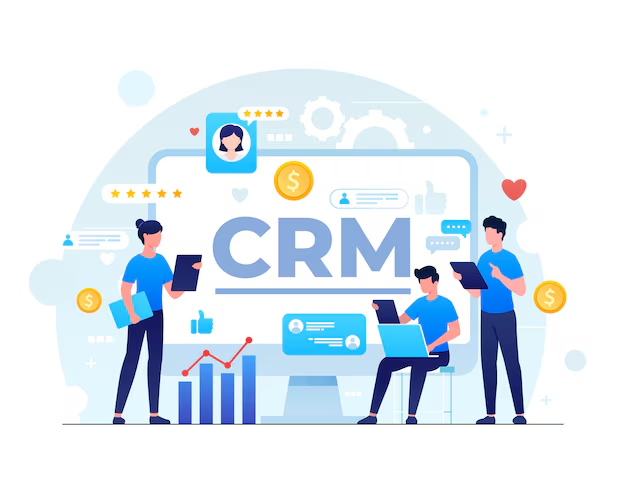
5.4 Customize Your CRM
Every business is unique, and your CRM system should reflect that. Be sure to customize your CRM platform to meet the specific needs of your business. This might include adding custom fields, workflows, or integrations with other tools your team uses.

5.5 Monitor and Adjust
After implementing your CRM system, it's important to continually monitor its performance and make adjustments as needed. Regularly review your CRM data and metrics to ensure that you're on track to meet your goals, and be open to making changes if necessary.
6. How CRM Enhances the Customer Journey
CRM is an essential tool for improving the overall customer experience by offering personalization at every touchpoint. Here’s how CRM contributes to different stages of the customer journey

6.1 Awareness Stage
At the awareness stage, CRM can help businesses track where potential customers are discovering their brand, whether through social media, search engines, or referrals. By integrating CRM with marketing automation tools, businesses can tailor their messaging to attract these leads.

6.2 Consideration Stage
During the consideration stage, prospects are weighing their options. CRM helps businesses by keeping track of leads’ interactions with the company, allowing sales teams to engage at the right moment with relevant information that addresses their concerns or objections.

6.3 Decision Stage
In the decision-making stage, CRM tools provide sales representatives with a complete view of a customer’s history and preferences, empowering them to personalize the final sales pitch. This leads to a higher likelihood of closing the deal.

6.4 Post-Purchase Stage
After a sale, CRM continues to be valuable by helping businesses manage after-sales support, encourage feedback, and nurture customer loyalty. Happy customers are more likely to become repeat buyers, and CRM ensures their needs are met efficiently.
7. Choosing the Right CRM Platform
With so many CRM platforms available in the market today, choosing the right one for your business can be challenging. Here are a few factors to consider

7.1 Scalability
Your business will grow over time, and your CRM system should be able to grow with it. Make sure the platform you choose is scalable and can accommodate your future needs.

7.2 Integration
Your CRM system should integrate seamlessly with other tools and systems your business uses. Whether it's email marketing software, social media platforms, or customer service tools, a CRM that can integrate with your existing software will help ensure smooth workflows.
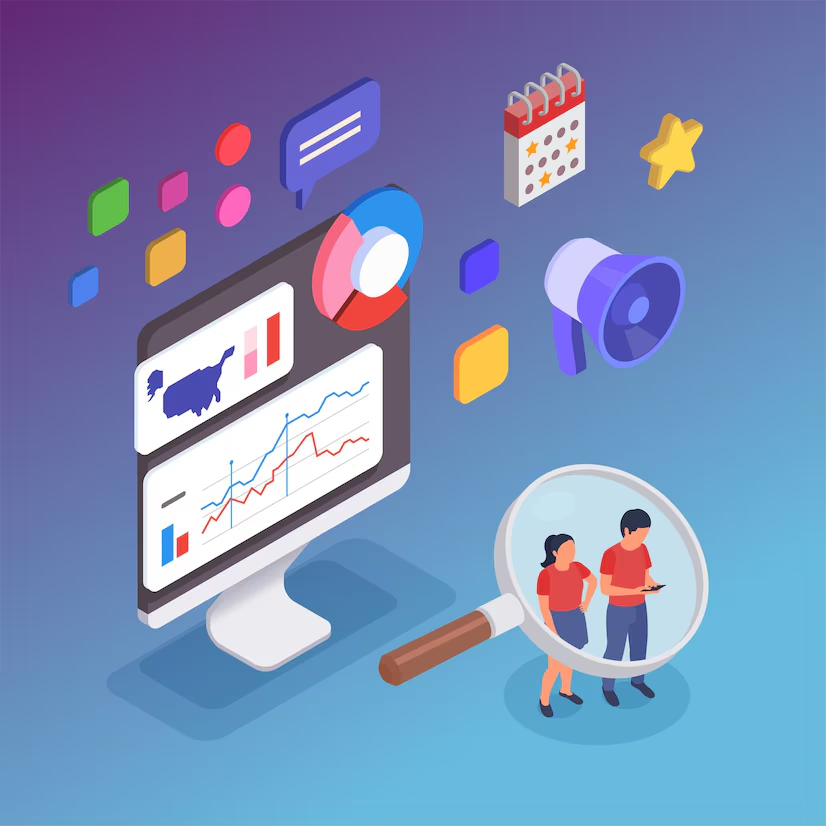
7.3 Customization
Every business is unique, and your CRM should be customizable to meet your specific needs. Look for a platform that allows you to create custom fields, workflows, and reports.

7.4 User Experience
Ease of use is crucial when it comes to CRM systems. Choose a platform that is intuitive and user-friendly, so your team can easily adopt it and start reaping the benefits.
8. Popular CRM Tools in the Market
There are several CRM platforms available, each with its unique features and benefits. Here’s a look at some of the most popular options

8.1 Salesforce
Salesforce is one of the most popular and comprehensive CRM platforms in the market. It offers a wide range of tools for sales, marketing, and customer service, making it a great option for businesses of all sizes.
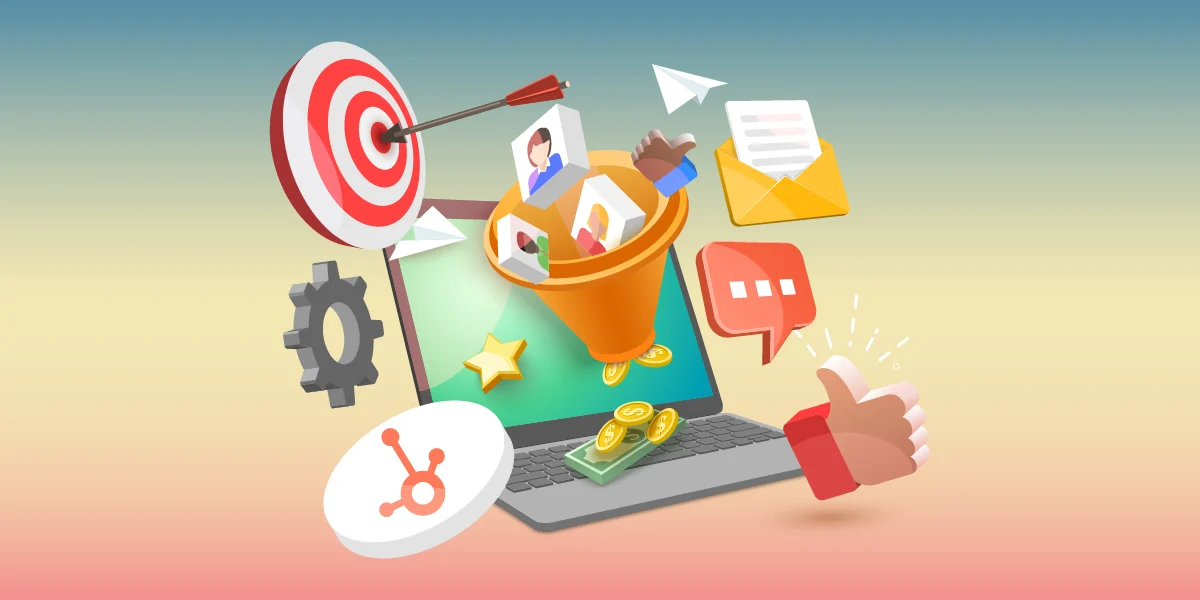
8.2 HubSpot
HubSpot CRM is a popular choice for small to medium-sized businesses due to its user-friendly interface and free version. HubSpot offers tools for marketing automation, sales, and customer service, all integrated into a single platform.
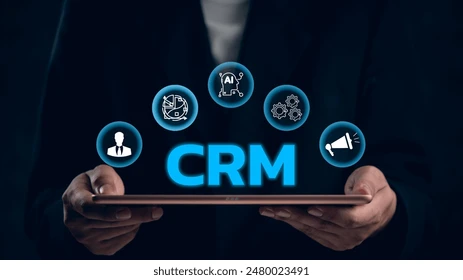
8.3 Zoho CRM
Zoho CRM is known for its affordability and flexibility. It offers features for lead management, contact management, sales pipeline management, and automation. Zoho is a great choice for small businesses looking for a cost-effective CRM solution.

8.4 Microsoft Dynamics 365
Microsoft Dynamics 365 combines CRM and ERP (Enterprise Resource Planning) features, making it a powerful tool for larger businesses. It offers a wide range of tools for sales, marketing, customer service, and operations.
9. Future Trends in CRM
As technology continues to evolve, so too does CRM. Here are a few trends that are shaping the future of CRM
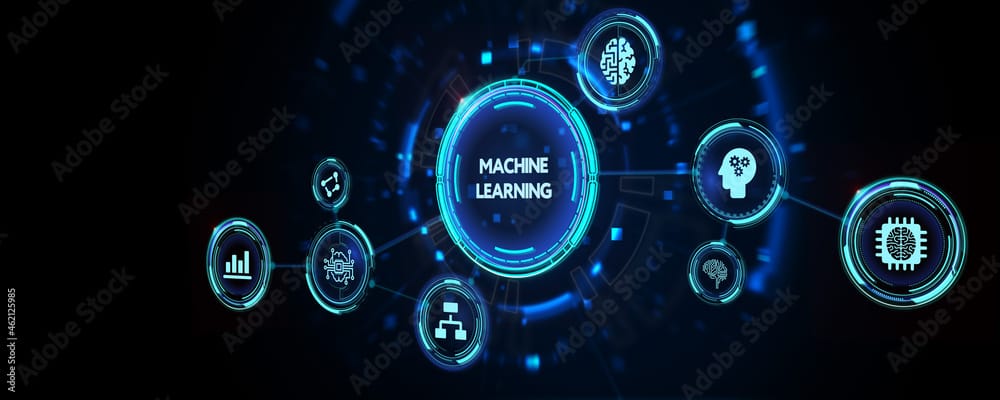
9.1 AI and Machine Learning
AI and machine learning are transforming CRM by enabling businesses to predict customer behavior and automate tasks. AI-powered chatbots, for example, can handle routine customer service inquiries, freeing up human agents to focus on more complex issues.
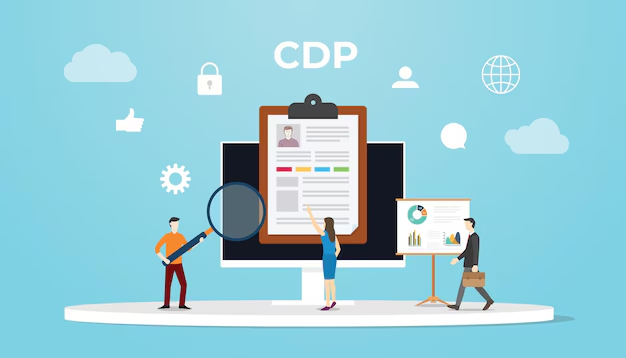
9.2 Customer Data Platforms (CDPs)
CDPs are becoming an increasingly important part of CRM. These platforms allow businesses to collect and analyze data from multiple sources, giving them a more comprehensive view of their customers.
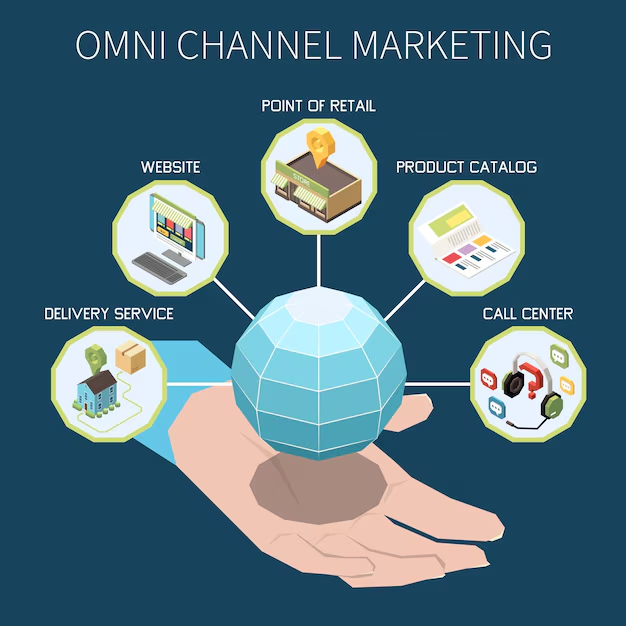
9.3 Omnichannel CRM
As customers interact with businesses across a growing number of channels, omnichannel CRM is becoming essential. This approach allows businesses to manage customer interactions across all channels whether online, in-store, or on mobile —from a single platform.
CRM as a Business Imperative
In a world where customer expectations are higher than ever, Customer Relationship Management is no longer a nice-to-have it’s a necessity. By implementing an effective CRM system, businesses can improve customer satisfaction, increase sales, and drive long-term growth.
The right CRM strategy not only helps businesses manage their customer relationships but also empowers them to provide personalized, efficient, and meaningful experiences. Whether you’re a small business just starting out or an enterprise looking to scale, a solid CRM system will provide the tools and insights you need to succeed.
Enhance your customer management with OrgoDigital’s advanced CRM tools. Contact us to see how we can drive results for your business

